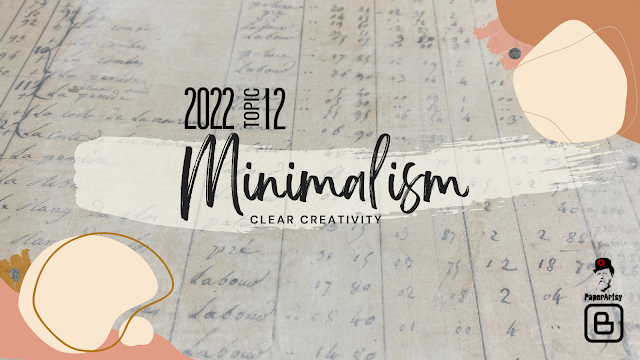Hi everyone, Keren here to talk about minimalism. To be true to the nub of the meaning, I really should probably just post one photo and reduce my words, but where would the fun be in that?!!
If you speak of minimalism to your non-art loving friends, they'll probably think you're speaking of an interior style or way of living. Some might branch out a little to include music, architecture and art, but where did it all begin?
Some argue that the roots of minimalism can be found in Zen philosophy - think about Zen Gardens and Japanese architecture. Careful placement of items, clean lines and a planned flow. Gardens planned for meditation; stones signifying islands, moss - the forests and the lines symbolizing rivers.
In the West, it is thought that the rise of minimalism was in response to the consumerism mentality after the Industrial Revolution. There was a frustration arising from people overcrowding their houses, cluttering their lives and minds. Control versus a lack of control.
In art, you can trace the beginnings from the USA in the 1960s. Typified by extreme simplicity; geometric shapes- the square and the rectangle. It was based on the idea that art doesn't need to be an imitation of something. Art requires a response from the viewer. Minimalist artist Frank Stella commented on his paintings 'What you see is what you see'.
Minimalism is about beauty, simplicity and harmony. My hunch with this topic is that our bloggers won't stay strictly within a traditional brief, but may focus on those 3 elements of harmony, simplicity and beauty. One technique that might be employed to focus on simplicity; its use of negative space or white space. Whilst this is probably not going to be classed as minimalism, it's a great example of leaving clean areas, by Kate Yetter.
This next project by Alison Bomber, is full of clean lines, a limited colour palette and little extra elements. A good example of pared back design.
An older piece by Justine Hovey on the PaperArtsy goes to show how bold lines and using partial areas of the substrate more readily focus your eye on the image.
Unusually all of these projects seem to have a similar colour combination. Here's another older one by Sara Naumann. Clean lines and minimal extras.
Amanda Pink often has a minimalist style, and this project is no exception. One useful technique which she employs so brilliantly, is to use texture in place of colour and 'fuss'. The eye is drawn to the undulations in the texture and around the piece.
Staying on the minimalist colour theme, we're revisiting Alison Bomber who excels using a limited palette.
Our PaperArtsy bloggers are often not a minimalist style group, so I wasn't able to find as many projects on the blog so thought I'd go hunting online.
Here's where it gets more complex. Minimalist art can open up an debate about what art is. Some question whether simplicity equals lack of skill or technique. Ask some artists around you.. plenty may say that white space, more clean and simple art (which is an more minimal style) scares them. It demands restraint, design principles and precision.
Traditional minimalism involved many straight lines, yet a modern interpretation involves simple curved lines like in this example.
For some, minimalism might mean knowing when to stop. Architecture involves risk and invention. Despite the love of pastiche in some of us, the desire for reinvention is important for artistic progress.
In interiors, the purging, restriction of possessions flies against the also popular maximalism.
We're often used to seeing wonderfully textured multi layered journal pages. What if it becomes minimal?
Let's push minimalism a little- increase the white space and leave plenty of negative space. Is it minimalist? You decide. What is clear is that you don't have to forgo colour. How could you incorporate colour into minimal projects?
So do you fancy giving minimalism a whirl? Restrict yourself..in colour, in layers, increasing negative space? What will you pick, how will you choose? Maybe it's less about restricting yourself, perhaps it's more about setting yourself free?!




















2 comments:
Great topic and fantastic blog post.
Fab intro post, Keren for a great topic . Thanks for featuring one of my projects . x
Post a Comment